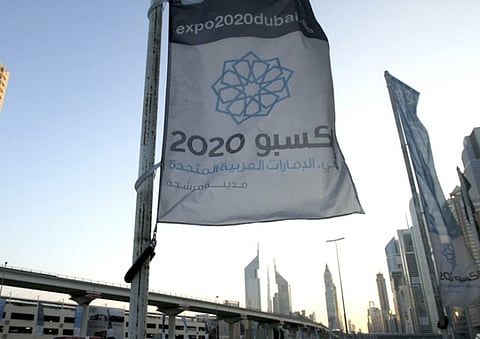Technology gives boost to the FM industry
New technologies are enhancing the future of facilities management globally, says Arno Maierbrugger

Facilities management (FM) spans a variety of functions, technologies and professions. As such, the entire market size is hard to determine, but industry sources say the core market, which includes the management and maintenance of private and public buildings and commercial complexes, is currently worth about $500 billion (about Dh1.83 billion) globally, with the potential to double by 2020, should the global recovery stay on track.
However, if peripheral industries are included — such as smart building technology development, integrated utilities and green buildings — the industry could be worth 5 per cent of GDP in most developed countries, according to the Netherlands-based European Facility Management Network. Factor that into the combined GDP of the G20 countries, and the wider global FM market would be about $3 trillion.
Economic trends
The health of the FM sector depends on economic trends. During the economic downturn in 2008-09, the market shrank in most developed countries in line with slower business activity, a subdued construction and hospitality sector, and cuts in public spending. In the UK alone, in the years since the crisis until recovery in 2013, some 12 per cent of FM companies left the market, according to UK-based MTW Research.
But 2013 brought an upturn in market activity, says MTW Research Director Mark Waddy. He says new developments in technology are a great leap forward for the industry. “FM contractors are increasingly sophisticated in the use of new technology, boosting sales for a host of suppliers to the industry,” Waddy wrote in a research note issued this March.
GCC market data
In the GCC, accurate market data is hard to come by, but the current market has been estimated at $9 billion (Frost & Sullivan), $15 billion (Imdaad) and $21 billion (Middle East Facility Management Association). However, there is consensus that the industry could grow about 20 per cent annually on average in the medium term, driven by a burgeoning property market in Dubai and Qatar, ahead of Expo 2020 and the Fifa World Cup 2022 respectively, and in Saudi Arabia.
FM is also increasingly expected to create sustainability for a building — a fact that has in turn become one of the deciding factors in property acquisitions. “The role of properties’ sustainability characteristics will play an increasing role in leasing and investment decisions. Such concerns will force greater transparency of energy efficiency and green-building benchmarking,” a recent JLL Mena report said.That’s why FM companies are integrated into the efficiency-enhancing initiatives pursued by both governments and the private developers.
Facilities managers, especially in older buildings, will also have to include water-saving measures or energy-saving modules in air conditioners. “Such measures can save up to 20 per cent on the utility bill every month,” Markus Oberlin, CEO at Dubai-based facility management firm Farnek Avireal, was quoted as saying recently by business intelligence provider Zawya.
The future will also bring more IT-based FM as part of the smart technology/smart city trend. At the forefront stands hosted building management software and active management analytics, according to research by US-based strategy consultants AMI Partners. 3D-modelling techniques will help architects and facility managers maintain greener and sustainable buildings, and motion detection will identify maintenance issues.
Johnson Controls that focuses on efficient building technology, among other things, says that in the future the analysis of building metrics will play a big role in managing total occupancy cost — which will be done via big data. Building automation, including the use of robotics and drones, will also be important.
Sign up for the Daily Briefing
Get the latest news and updates straight to your inbox



